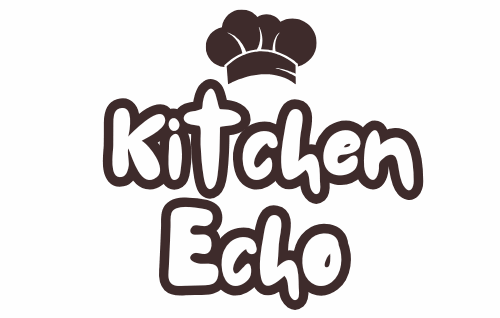Baking isn’t just an art — it’s a science. Every perfectly risen cake, chewy cookie, or airy loaf of bread is the result of precise chemical reactions happening in your mixing bowl and oven. And while technique is important, the ingredients you choose can make the difference between bakery-worthy success and a disappointing flop.
Let’s break down how each ingredient works, so you can bake with confidence (and fewer kitchen disasters).
1️⃣ Flour: The Foundation of Structure
Flour isn’t just “flour.” Different types affect your baked goods in different ways:
- All-Purpose Flour → Balanced protein content, works for most recipes.
- Bread Flour → Higher protein = more gluten = chewy texture.
- Cake Flour → Low protein = soft, tender crumb.
Science Moment: Gluten forms when flour’s proteins (glutenin & gliadin) interact with water, creating elasticity. Too much gluten = tough texture.
2️⃣ Sugar: More Than Just Sweetness
Sugar doesn’t just sweeten — it:
- Creates Tenderness → Competes with flour for water, limiting gluten.
- Helps Browning → Through caramelization & the Maillard reaction.
- Locks in Moisture → Keeps baked goods fresher for longer.
Using brown sugar? The molasses adds moisture and a deeper flavor profile.
3️⃣ Fats: Flavor & Tenderness in Every Bite
Butter, oil, shortening — each plays a different role:
- Butter → Flavor, tenderness, and steam for flakiness.
- Oil → More moisture, softer crumb.
- Shortening → Very tender texture but little flavor.
In cookies, butter melts faster than shortening, causing more spread.
4️⃣ Eggs: The Multi-Tasker
Eggs do so much in baking:
- Provide structure (egg proteins solidify when heated).
- Add richness and moisture.
- Help emulsify fats and liquids for a smooth batter.
- Trap air when whipped for lightness.
Tip: Room-temperature eggs whip up better for airy recipes.
5️⃣ Leavening Agents: The Rise Makers
Your bread and cakes owe their lift to:
- Baking Soda → Needs acid (like lemon juice or buttermilk) to react.
- Baking Powder → Contains its own acid for all-in-one rising power.
- Yeast → Ferments sugars, releasing CO₂ for slow, flavorful rise.
6️⃣ Liquids: Hydration & Reaction
Water, milk, and other liquids hydrate flour, dissolve sugar/salt, and help activate leavening agents. Milk also adds fat, protein, and browning potential.
7️⃣ Salt: The Unsung Hero
Salt enhances flavor, strengthens gluten, and controls yeast activity. Forgetting it can make bread taste flat — and rise too quickly.
Final Takeaway: Quality Counts
Using fresh, high-quality ingredients gives you better flavor, texture, and overall results. Old baking powder won’t give enough rise. Stale flour can make your baked goods taste dull. And fresh eggs can be the difference between a cake that soars and one that sinks.
📌 Pin this baking science guide to your Baking Tips board so you can reference it every time you pull out your mixing bowls!






